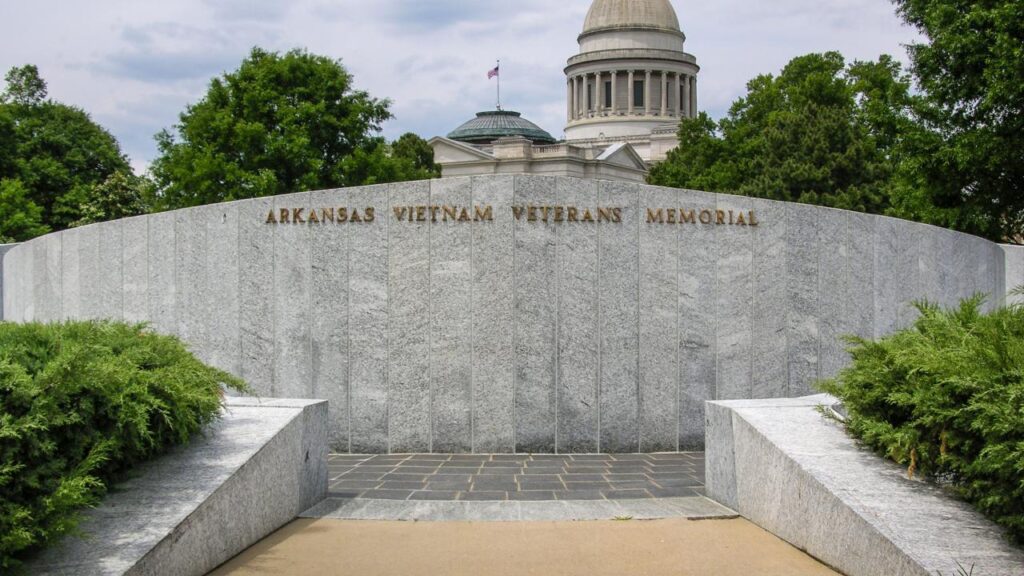War memorials and monuments are powerful tributes to the bravery and sacrifices made by those who served in the military throughout history. These structures provide a somber reminder of the human cost of conflict and offer visitors a chance to connect with the past and gain a deeper understanding of the impact of war. Whether visiting soldier statues, war cemeteries, memorial walls, or monuments, taking the time to pay tribute to those who fought and died in wars is a meaningful way to honor their memory and show appreciation for their service. Before visiting these sites, it’s important to research and plan ahead, respecting the sacred space and guidelines set in place.
War Memorials and Monuments: A Guide to Paying Tribute Through Military History Tourism
War memorials and monuments serve as powerful reminders of the sacrifices made by those who have served in the military. These structures stand as a tribute to the bravery and resilience of soldiers who fought and died in wars throughout history. Visiting war memorials and monuments can be a moving and educational experience, allowing visitors to learn about the history of military conflicts and pay their respects to those who gave their lives for their country.
Why Visit War Memorials and Monuments?
War memorials and monuments offer a unique opportunity to connect with history and gain a deeper understanding of the impact of war on individuals and communities. These solemn structures serve as a tangible reminder of the human cost of conflict and the importance of honoring the sacrifices made by those who served in the military.
Visiting war memorials and monuments can also be a meaningful way to pay tribute to the men and women who have served in the armed forces. By taking the time to visit these sites and reflect on the stories of those who have fought and died in wars, visitors can show their appreciation for the bravery and dedication of the military personnel who have served their country.
Types of War Memorials and Monuments
There are a wide variety of war memorials and monuments around the world, each dedicated to honoring the sacrifices made by soldiers in different conflicts. Some common types of war memorials and monuments include:
- Soldier Statues: These statues typically depict a soldier in uniform, often carrying a weapon or standing at attention. Soldier statues can be found in town squares, parks, and cemeteries around the world.
- War Cemeteries: War cemeteries are burial grounds for soldiers who died in combat. These somber sites are often meticulously maintained and provide a peaceful place for visitors to pay their respects.
- Memorial Walls: Memorial walls are inscribed with the names of soldiers who have died in a particular conflict. These walls serve as a powerful reminder of the human cost of war.
- Monuments: Monuments are large, often monumental structures that are built to commemorate a specific event or group of people. These structures can be found in cities, parks, and other public spaces.
Planning Your Visit
Before visiting a war memorial or monument, it can be helpful to do some research to learn more about the site and its significance. Many war memorials and monuments have plaques or informational signs that provide context about the history of the site and the events it commemorates.
It’s also a good idea to check the hours of operation and any special events or ceremonies that may be taking place at the site. If you’re interested in taking a guided tour, some war memorials and monuments offer tours led by knowledgeable staff or volunteers who can provide additional information about the site.
Respecting the Site
When visiting a war memorial or monument, it’s important to show respect for the site and its purpose. Visitors should refrain from loud or disruptive behavior, and should always follow any guidelines or rules that are posted at the site.
Many war memorials and monuments are considered sacred spaces, and visitors should treat them with reverence and respect. Taking the time to reflect on the sacrifices made by those who served in the military can be a meaningful way to honor their memory and pay tribute to their service.
War memorials and monuments are powerful reminders of the sacrifices made by soldiers in times of war. By visiting these sites and paying tribute to the men and women who have served in the armed forces, visitors can gain a deeper understanding of the impact of war on individuals and communities, and show their appreciation for the bravery and dedication of military personnel.
